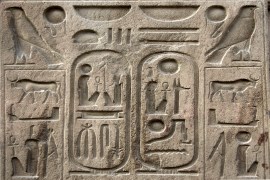Collections | Livre | Chapitre
Science and philosophy
pp. 251-259
Résumé
What is it to be human? What kind of a thing is the human animal? The answers to these questions are fragmentary and conflicting. They come from diverse sources. Religious teachers, philosophers, moralists, and scientists, all respond to it to some measure and in various ways. It is therefore not very surprising that more often than not religious teachers and moralists offer conflicting views in response to the question, that philosophers and scientists likewise offer conflicting views on it. Such conflicts are not limited to the study of humans — the conflicts between science and metaphysics are much more general. We usually regard the doctrines that religious teachers espouse as metaphysical or as parts of a metaphysics. Indeed, philosophy includes metaphysics or ontology, or the theory of the nature of things, as well as the theory of value, including ethics, or the theory of the principles of morality, as well as theories of philosophical method and of scientific method. Let us ignore all other contrasts and center on the contrast between science and philosophy.
Détails de la publication
Publié dans:
Agassi Joseph (2003) Science and culture. Dordrecht, Springer.
Pages: 251-259
DOI: 10.1007/978-94-017-2946-8_22
Citation complète:
Agassi Joseph, 2003, Science and philosophy. In J. Agassi Science and culture (251-259). Dordrecht, Springer.










